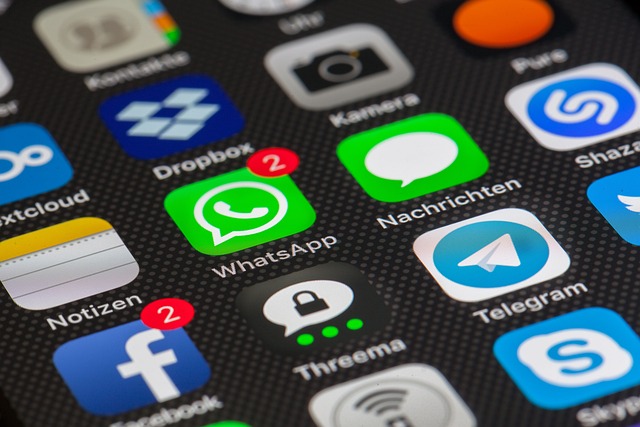Turning your smartphone into a hotspot is incredibly convenient, you’re able to connect your laptop or tablet to the internet anytime, anywhere. But many people still wonder: does personal hotspot cost money?
The short answer is it can, depending on your mobile plan, how much data you use, and your provider’s tethering policy. In this article, we’ll explore how hotspot usage is charged, when it’s free, and how to manage your data costs effectively. We’ll also look at smart alternatives like Pocket WiFi and global eSIM such as Orange Travel eSIM World.
What is a mobile hotspot?
Using your phone as a hotspot, also known as tethering means sharing your mobile data connection with other devices. Your phone essentially becomes a portable WiFi router, creating a private network for your laptop, tablet, or other phones.
This is especially helpful when:
- You’re in a location with no WiFi.
- You’re working remotely or while traveling.
- You need a secure, private connection.
Hotspot functionality is built into nearly all smartphones and can be activated in seconds.
Does using a personal hotspot cost extra money?
Here’s where things get a bit more nuanced. Using your device as a hotspot doesn’t automatically cost money, but whether you’ll be charged depends on several factors:
Depending on your carrier
Some mobile plans include tethering at no extra cost, while others restrict or charge for it. For example:
- Certain carriers offer limited hotspot data per month (e.g., 10GB).
- After reaching the limit, speeds may slow down, or you may incur charges.
- Some budget or prepaid plans block tethering entirely or require an add-on.
Always read your provider’s fair usage policy and data-sharing terms.
Depending on your plan
When tethering, you’re still using your mobile data. Any activity on the connected device streaming, downloading, browsing will be deducted from your plan.
Example: Watching Netflix on a laptop via mobile hotspot can use 1–3 GB per hour.
Roaming Usage
If you’re abroad, using a hotspot with your domestic SIM could result in roaming charges, which are often much higher than regular data rates. And if you tether while roaming, those costs can multiply quickly.
In this case, consider international data solutions like Orange Travel’s eSIM , which offer global plans with transparent pricing.

Mobile hotspot while traveling abroad
Your hotspot usage is generally free when:
- Your plan explicitly includes tethering.
- You’re within your data allowance.
- You’re not roaming or your roaming plan includes tethering.
Tip: Even if tethering is included, always monitor your data usage. Some apps running in the background (like cloud backups or system updates) can consume data silently.
How to set up a mobile hotspot on your phone?
On iPhone:
- Go to Settings > Personal Hotspot.
- Tap Allow Others to Join.
- Set a password and connect your other device via WiFi.
On Android:
- Open Settings > Network & Internet > Hotspot & Tethering.
- Enable WiFi hotspot.
- Customize the network name and password.
Note: Some Android phones may have different menu names based on the brand.
Tips to reduce hotspot data and cost while traveling
If you want to avoid the potential costs or limitations of tethering, here are the top alternatives:
1. Orange Travel eSIM World
A digital SIM card that lets you connect to mobile networks abroad without swapping your regular SIM. With eSIM , you can choose a global data plan before your trip and avoid roaming charges entirely.
Benefits include:
- No physical SIM card needed.
- Works in multiple countries.
- Compatible with most modern smartphones.
- Instant activation via QR code.
2. Pocket WiFi
A portable WiFi device that connects to a mobile network and shares the internet via a private hotspot. Useful for:
- Long trips.
- Connecting several devices at once.
- Travelers who need high data limits.
More info: What is Pocket WiFi
3. Local SIM Cards
If you’re staying in one country for an extended period, buying a local SIM can offer cheaper data rates than roaming or tethering.
Pros and Cons of Using Your Phone as a Hotspot
Here’s a quick comparison to help you decide if tethering is right for you:
| Pros | Cons |
| No extra equipment required | Can drain phone battery |
| Easy to set up and use | Data limits may apply |
| Secure private connection | May incur charges depending on your plan |
| Great for short-term use | Slower speeds with multiple devices |
So, does using your phone as a hotspot cost money? The answer depends on your mobile plan, how you use data, and whether you’re traveling. While tethering is free with many plans, it’s easy to run into limits or unexpected fees, especially when roaming or sharing large files.
For short-term or emergency use, tethering is convenient and flexible. But for regular travel or extended connectivity needs, a global eSIM like Orange Travel eSIM World can offer better coverage, more control, and no surprises on your bill.
Choose the option that suits your lifestyle and stay connected with confidence.
If you’re wondering how to share your mobile data with other devices, check out our dedicated article on what is tethering.

